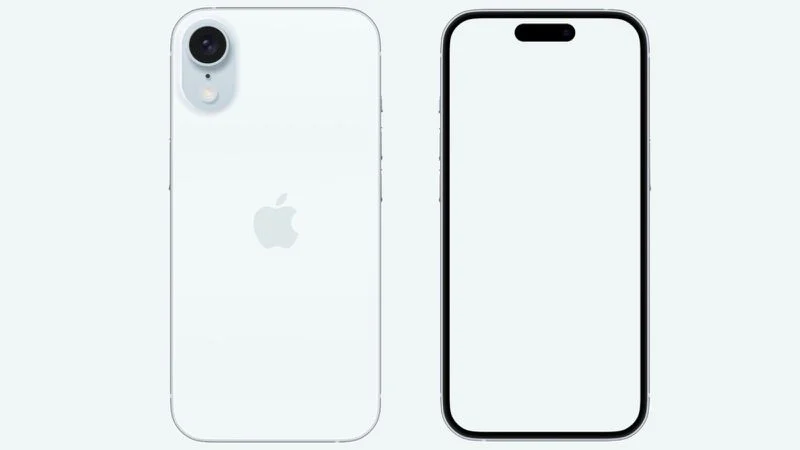While everyone is talking about the iPhone 17, Apple is quietly preparing another exciting release. The iPhone SE 4 is set to be a big upgrade for Apple’s budget-friendly phone, with a fresh look, USB-C charging, and more. Here are five things you can expect from the iPhone SE 4.
iPhone SE 4: What’s New
1. Modern Design with a Larger Screen
- The iPhone SE 4 will look completely different from the current model. Right now, the iPhone SE has an older iPhone 8-style design with thick borders around a 4.7-inch screen and a Home button. The new version, however, will have a sleek, modern design similar to the iPhone 14.
- Leaked details suggest it will have a 6.1-inch OLED screen with a small cutout at the top. It will also have flat edges instead of the rounded ones on the current model. The new phone is expected to be slightly bigger, measuring about 147.7 x 71.5 x 7.7mm, compared to the current 138.4 x 67.3 x 7.3mm.
2. Face ID Instead of Touch ID
- The current iPhone SE uses a Home button with Touch ID for unlocking, but the iPhone SE 4 will switch to Face ID. This is possible because of the new design with a cutout at the top of the screen, where the Face ID sensors will sit.
3. Better Speed and Power
- The current iPhone SE runs on the A15 Bionic chip, which is already fast for its price. The iPhone SE 4 will take this a step further with the newer A18 chip and 8GB of RAM. This means it will be able to handle Apple’s latest AI features without any trouble.
4. USB-C Charging
- The iPhone SE 4 will switch from the old Lightning port to USB-C for charging, just like the iPhone 16. This change is required by new rules in the European Union and makes charging more universal.
5. Apple’s Own Modem
- For the first time, the iPhone SE 4 will use a modem made by Apple instead of one from Qualcomm. This is a big step for Apple, but users likely won’t notice any difference. If everything works smoothly, it’s a success for Apple.
Final Thoughts
- After more than a year of rumors, the iPhone SE 4 might finally be announced soon, possibly next week, according to Bloomberg. Instead of a big event, Apple is expected to share the news through a simple press release on its website.
What do you think about the iPhone SE 4? Does it fit well in Apple’s lineup, or should Apple rethink its strategy for budget phones?



